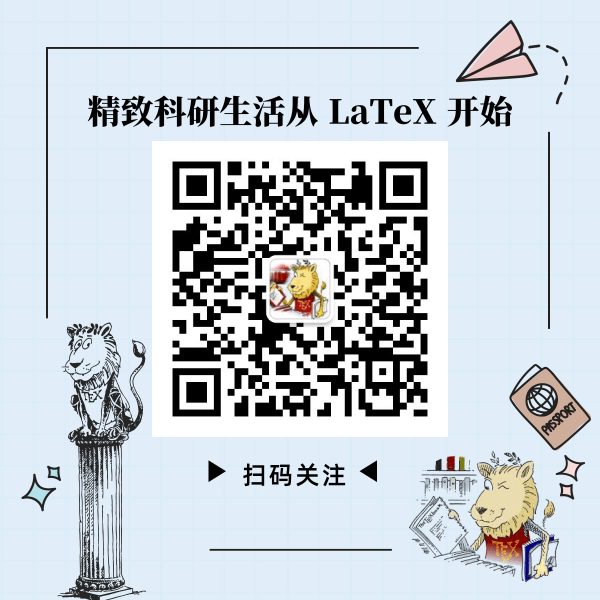5 如何自定义一个类似于 mathrm 的宏,能够使得保持字母(a-z)为正体的同时正确解释其他 LaTeX 指令?
发布于 2025-08-20 18:43:21
问题背景
对称群的符号中,字母都是正体,输入对称群符号的时候需要多次使用 \mathrm 命令,非常繁琐。关于对称性群的符号,可以参看:
问题描述
如何自定义一个 LaTeX 宏(不妨为 \sym,接受一个参数,例如 \sym{p\bar{6}m2}),该宏的作用类似于 \mathrm,能够自动保持参数中的字母(a-z)为正体(即 \mathrm{a} 等)同时能够正确解释其他 LaTeX 指令(至少能够保证上下标以及 \bar 命令被正确解释)?我自定义了下面的命令用于实现这里所描述的目的,本质上就是用 \mathrm,所得结果并非所期望的。
\newcommand{\sym}[1]{\ensuremath{\mathrm{#1}}}下面的 WME 用于说明期望的结果与实际结果之间的差异。
\documentclass[utf8,12pt]{ctexart}
\usepackage{amsmath,mathtools}
\usepackage{hyperref}
\newcommand{\sym}[1]{\ensuremath{\mathrm{#1}}}
\pagestyle{plain}
\begin{document}
\begin{tabular}{*{2}{c}}
\hline\hline
期望的结果 & 实际结果 \\
\hline
$\mathrm{p}2_{1}/\mathrm{b}11$ & $\sym{p2_{1}/b11}$ \\
\hline
$\mathrm{p}\bar{6}\mathrm{m}2$ & $\sym{p\bar{6}m2}$ \\
\hline\hline
\end{tabular}
\end{document}
关注者
0
被浏览
633







@u55828 另外:
utf8是错误选项。正确的名称为UTF8,且在使用xelatex/lualatex编译时,不需要显式写出,已经是默认值。